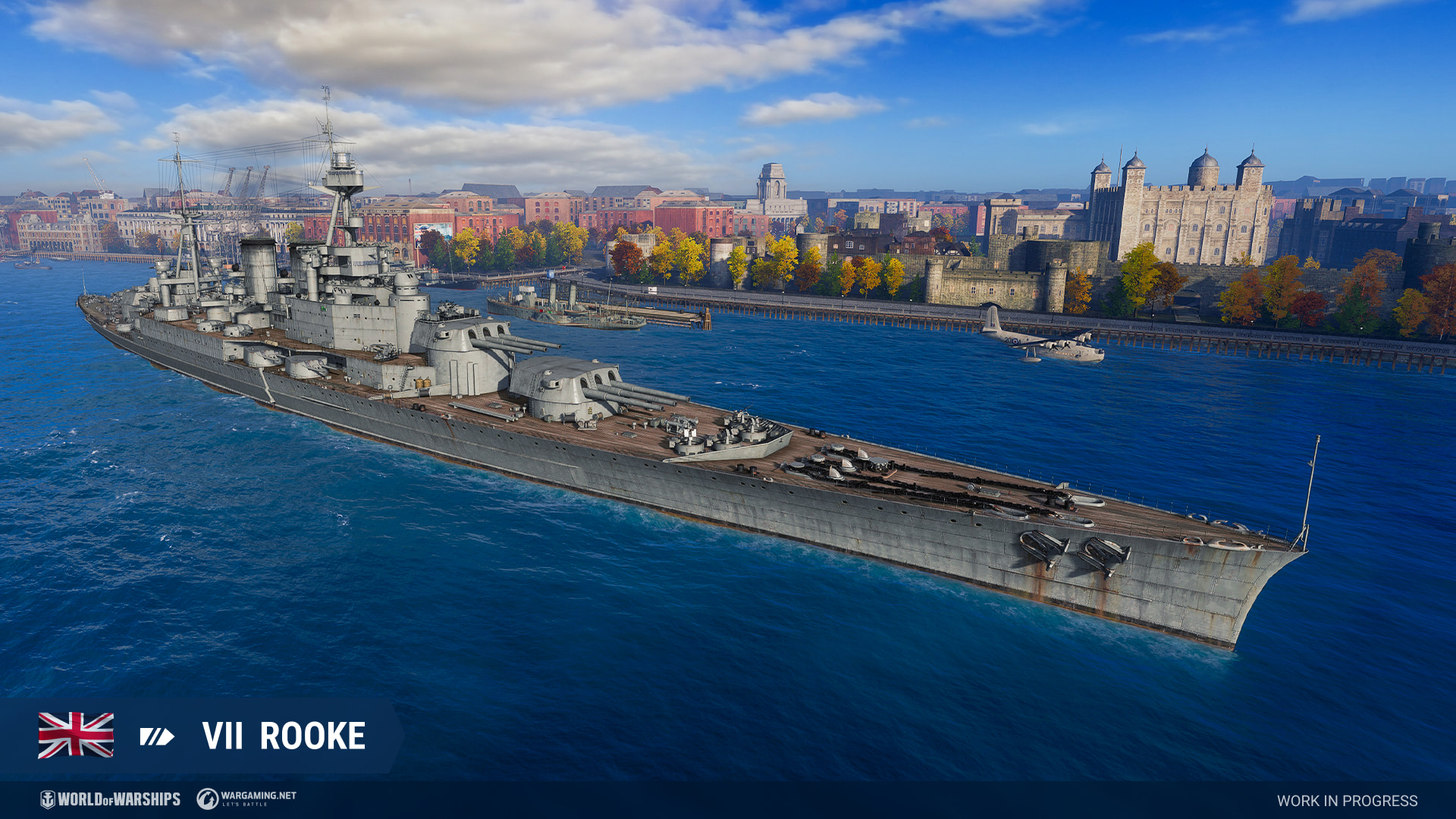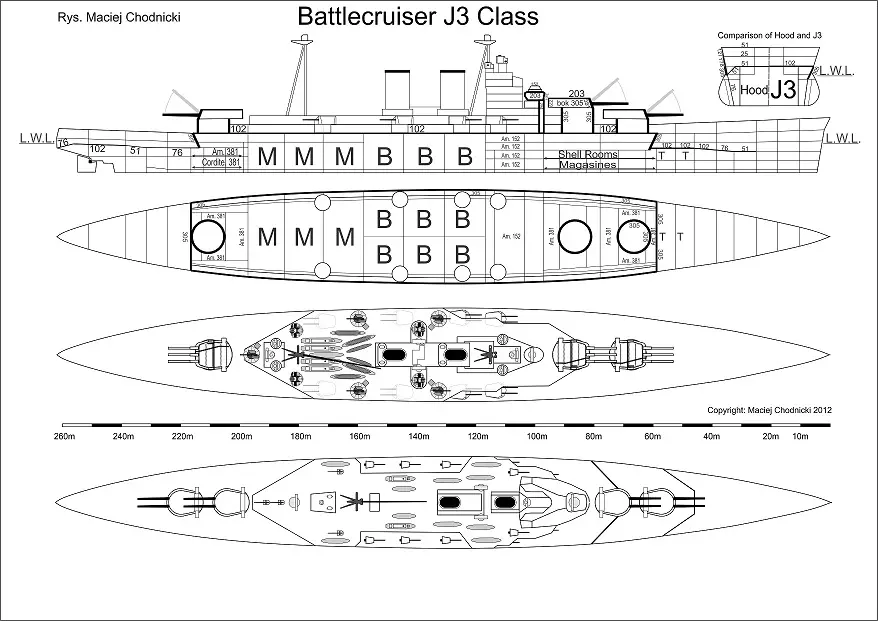Hey Johnboy. Loved the timeline. I'm sure you figured out from the engagement level but saying it doesn't hurt.
More to the the point is the question what would change in the rest of the war. Presumably in this story the Grand Fleet stays very "together" and doesn't release forces for other theaters due to the threat of a German sortie.
Many of the big ships sunk were withdrawn from the High Seas Fleet after Jutland to police the Baltic but the Russians were sufficiently quiet that the Baltic didn't need to be policed. The Germans seem to have followed this up by withdrawing further torpedo boats from the Baltic. In fairness the Germans had to withdraw from somewhere to reinforce the High Seas Fleet and the choice was Baltic or the Belgian coast.
Withdrawals from the Belgian coast would open up options for British activity ie Ostend/Zebrugges raid etc. Especially if more destroyers from the grand fleet could be released.
Thats a different story though. The author of this story excellently exhibited what a reasonably better Jutland would look like for the British given existing British problems and then concluded and to me this could be the most interesting part of the timeline and its not shown as much more than a throw away line WW1 ended at more or less the same time as it did historically and therefore a reasonably better Jutland as modeled by the author would not change WW1.
I think a discussion about what a British victory would look like has definite value. Here we see German battlecruiser losses and predreadnought losses but minimal dreadnought losses.Ok, I must say this was a very well written TL, but I have some problems understanding the whole point of It; It was obvious from the start that in a full engagement betweeen the two fleets, the British would have won hands down, if anything because of sheer numbers.
More to the the point is the question what would change in the rest of the war. Presumably in this story the Grand Fleet stays very "together" and doesn't release forces for other theaters due to the threat of a German sortie.
Many of the big ships sunk were withdrawn from the High Seas Fleet after Jutland to police the Baltic but the Russians were sufficiently quiet that the Baltic didn't need to be policed. The Germans seem to have followed this up by withdrawing further torpedo boats from the Baltic. In fairness the Germans had to withdraw from somewhere to reinforce the High Seas Fleet and the choice was Baltic or the Belgian coast.
Withdrawals from the Belgian coast would open up options for British activity ie Ostend/Zebrugges raid etc. Especially if more destroyers from the grand fleet could be released.
Thats a different story though. The author of this story excellently exhibited what a reasonably better Jutland would look like for the British given existing British problems and then concluded and to me this could be the most interesting part of the timeline and its not shown as much more than a throw away line WW1 ended at more or less the same time as it did historically and therefore a reasonably better Jutland as modeled by the author would not change WW1.
Last edited:


